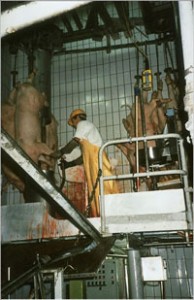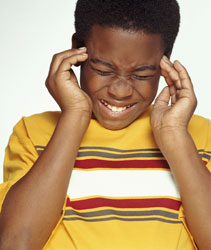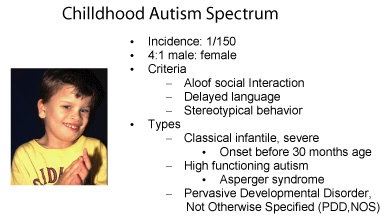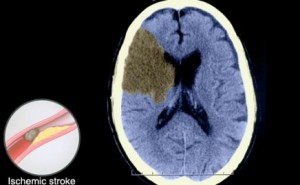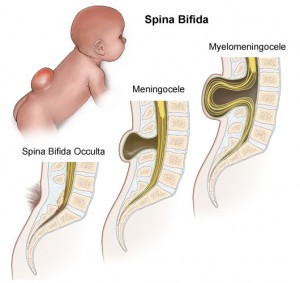A new neurological syndrome has been described in early December 2007 and is presenting a challenge not only to the affected patients but also to the health professionals. The illness is characterized by pain, sensory symptoms, weakness and fatigue. Abnormal lab tests and MRI scan results were also present. The syndrome has affected at east two dozen workers who are working in pig slaughterhouses in three states of the U.S. Researchers have now a somewhat clearer picture of the mysterious illness, but Dr. Daniel Lachance, assistant professor of neurology at the Mayo Clinic in Rochester, Minnesota, describes the illness as one of the kind that has “defied explanation and a name”. At this point investigators have called it “progressive inflammatory neuropathy” (PIN), but the term is merely descriptive but not accurate enough. Dr. Lachance described the clinical picture based on findings on 18 patients from Minnesota who have been investigated in the most comprehensive manner.
The course of their illness was marked by pain, decreased sensation and tingling along with weakness and fatigue which far exceeded the findings of physical examinations. All of the affected individuals had abnormal MRI’s and abnormal results of the labs of their cerebrospinal fluid. Various tests of reflexes or quantitative sensory testing also showed abnormalities, and nerve conduction studies were abnormal in most of the patients. All of them had a new IgG auto-antibody biomarker. The findings point to an immune-mediated phenomenon which translates into a neurological illness. The workers affected all were exposed to aerosolized brain particles from slaughtered pigs.
All workers worked in the “warm room” where pigs were slaughtered and the brain extracted in a technique in which compressed air is shot into a dead pig’s foramen magnum. This blast of compressed air not only emulsifies the brain, but some of it becomes aerosolized and airborne. Symptoms seem to start within days or weeks of exposure, after which the course of the disease is chronic.
Treatment has been symptomatic in those most severely affected with the medications of choice being methylprednisolone and/or intravenous treatment with immune globulin. Researchers have tested early on for human and porcine pathogens, but no infectious agent has been found. The precise mechanism by which the illness is occurring is not fully understood, but the syndrome does not seem to be food borne or transmissible from person to person.
Reference: The Medical Post, May 13, 2008, page 14, 15.
Last edited December 4, 2012
